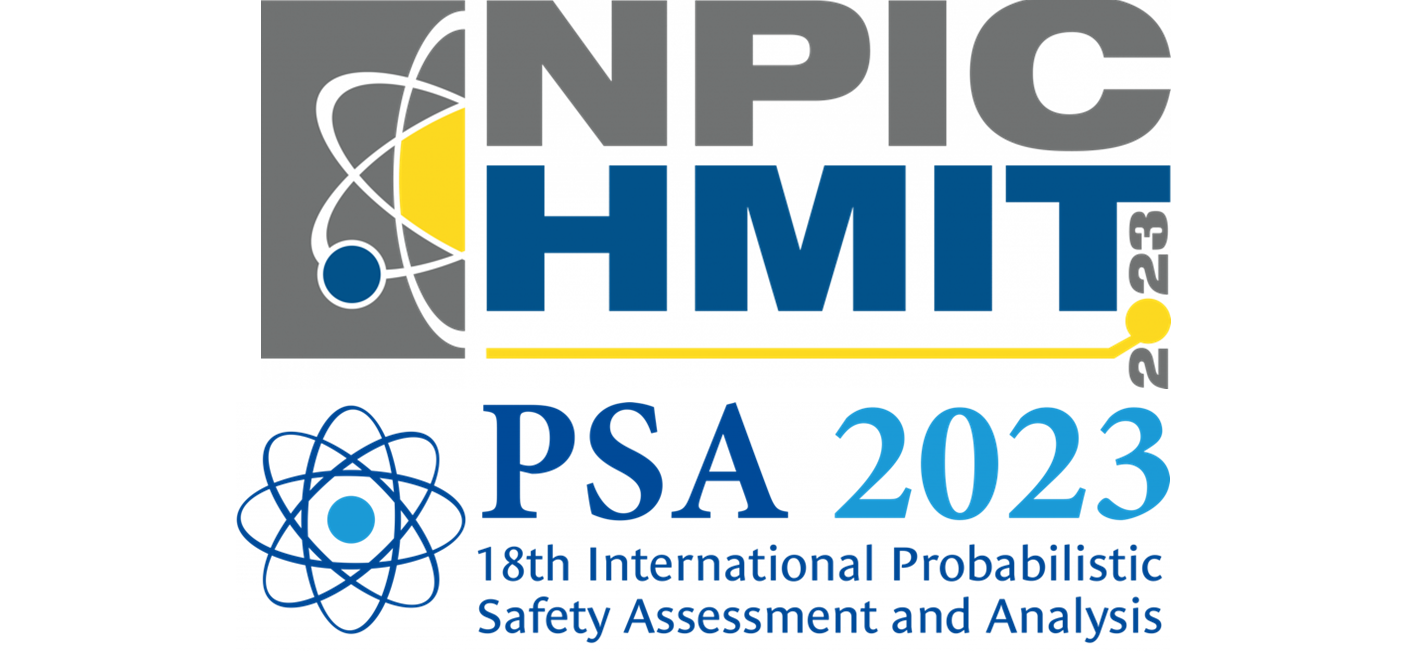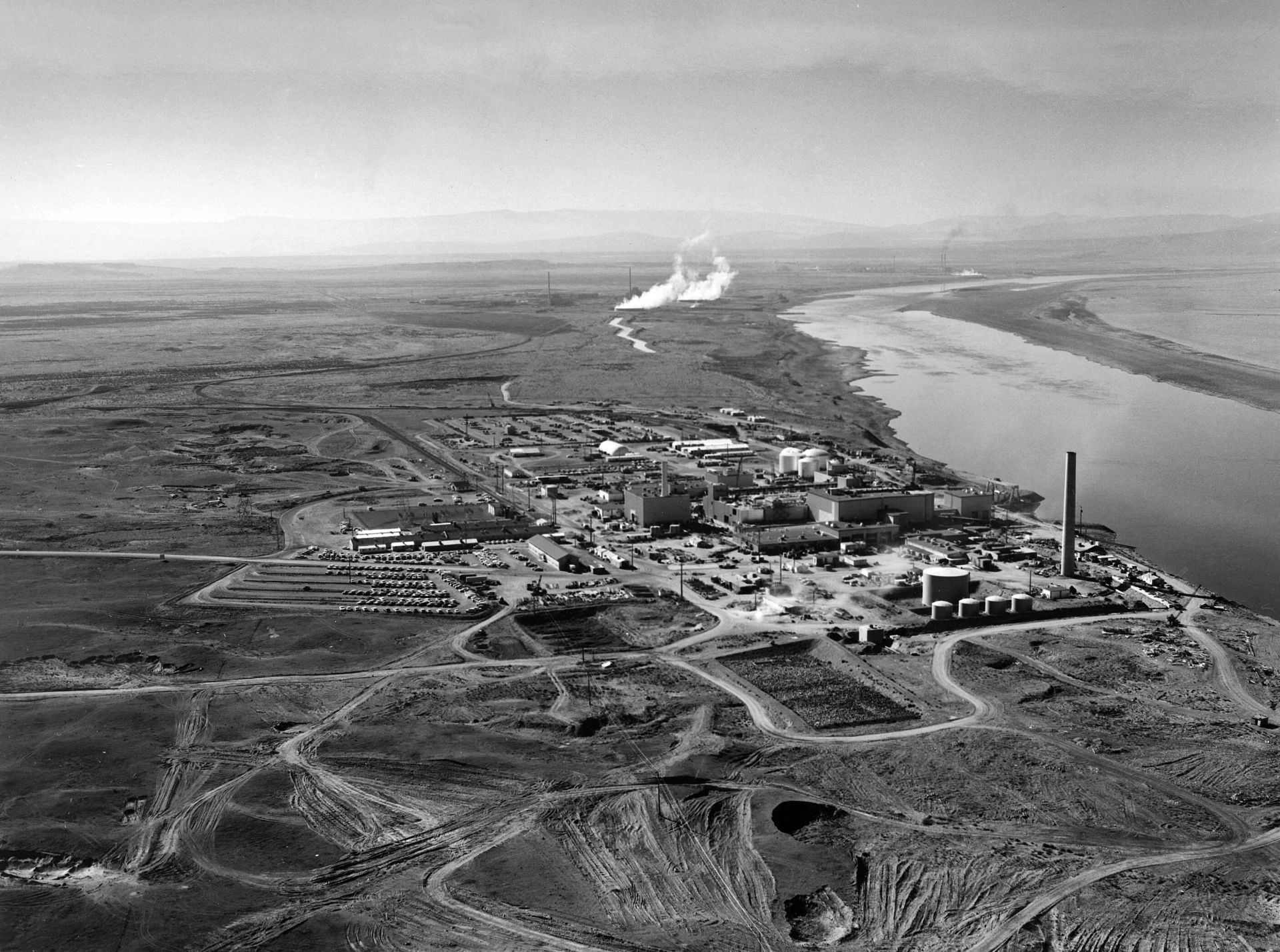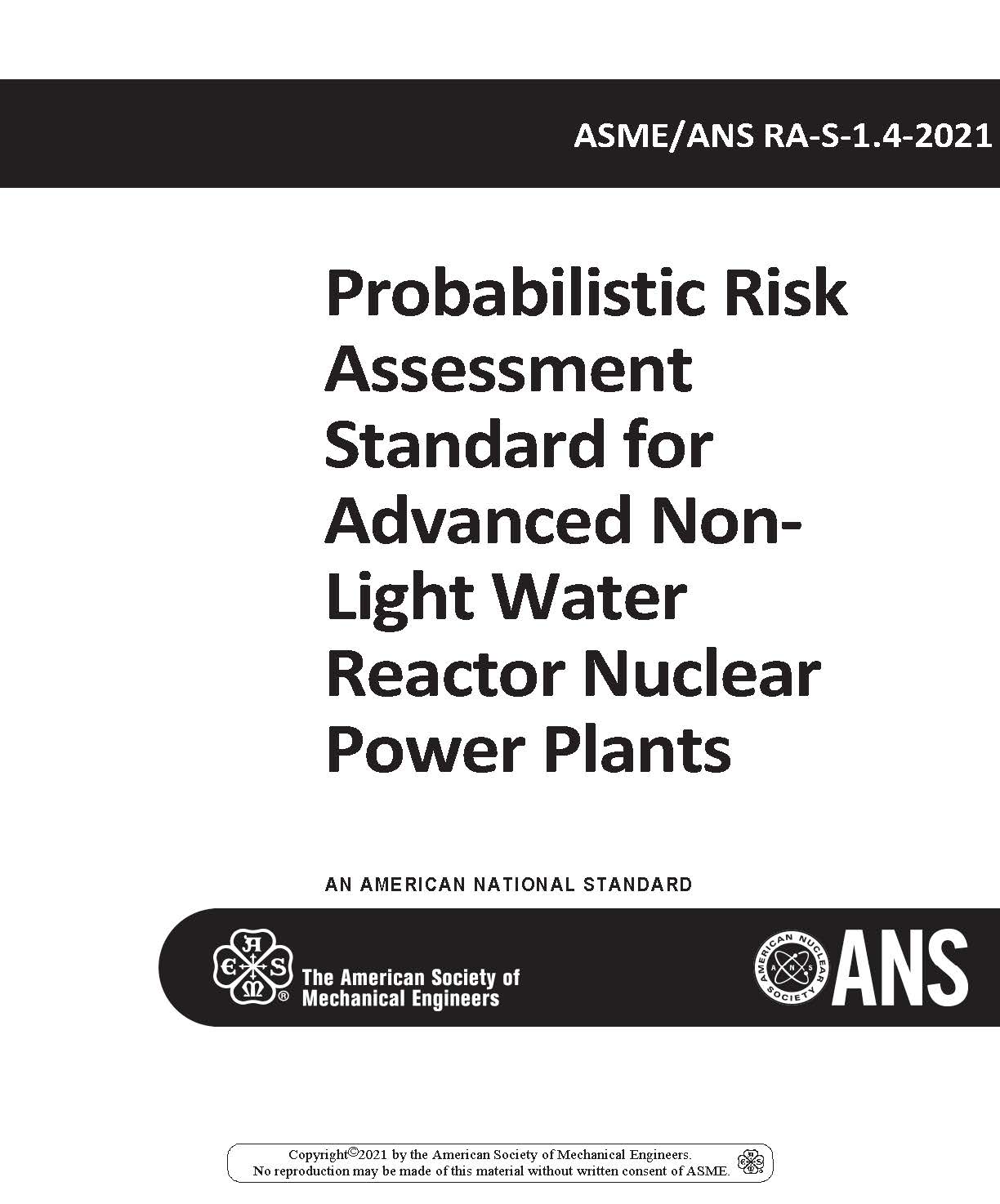Co-locating the ANS NPIC&HMIT and PSA Meetings: Double the content, double the fun

Knoxville, Tenn., next July 15-21 will be the place to be for the nuclear community, with two ANS-sponsored meetings being held together. This is a first for ANS-sponsored meetings and will prove to be a can't-miss event. That said, the call for abstracts for the 2023 Nuclear Plant Instrumentation, Control & Human-Machine Interface Technologies (NPIC&HMIT) and Probabilistic Safety Assessment and Analysis (PSA) meetings is now open and is set to close soon—submissions will be accepted until November 18.






 ANSI/ASME/ANS RA-S-1.4-2021, “Probabilistic Risk Assessment Standard for Advanced Non-Light Water Reactor Nuclear Power Plants,” has just been issued. Approved by the American National Standards Institute (ANSI) on January 28, 2021, this joint American Society of Mechanical Engineers (ASME)/American Nuclear Society (ANS) standard sets forth requirements for probabilistic risk assessments (PRAs) used to support risk-informed decisions for commercial nuclear power plants and prescribes a method for applying these requirements for specific applications.
ANSI/ASME/ANS RA-S-1.4-2021, “Probabilistic Risk Assessment Standard for Advanced Non-Light Water Reactor Nuclear Power Plants,” has just been issued. Approved by the American National Standards Institute (ANSI) on January 28, 2021, this joint American Society of Mechanical Engineers (ASME)/American Nuclear Society (ANS) standard sets forth requirements for probabilistic risk assessments (PRAs) used to support risk-informed decisions for commercial nuclear power plants and prescribes a method for applying these requirements for specific applications.